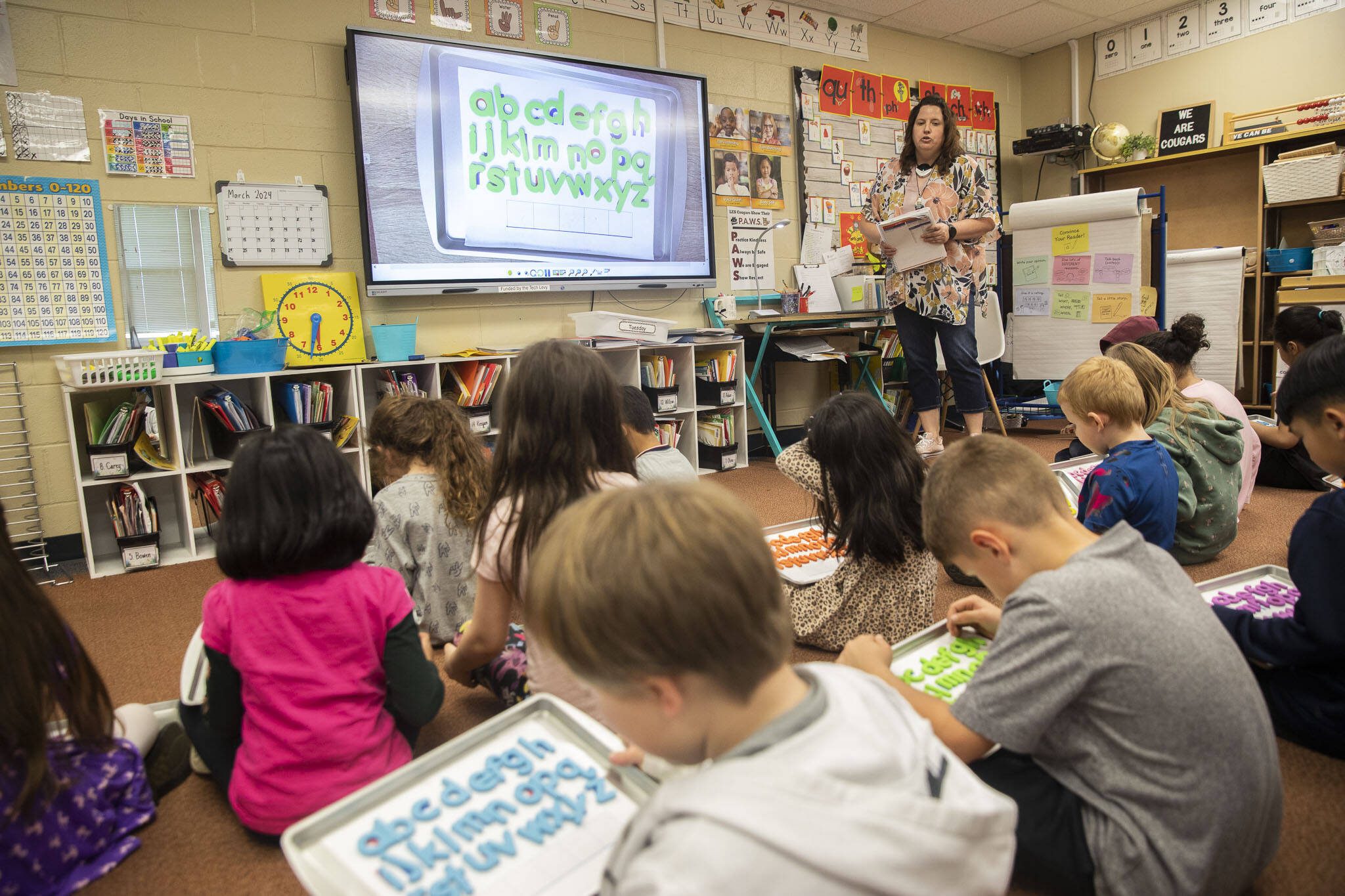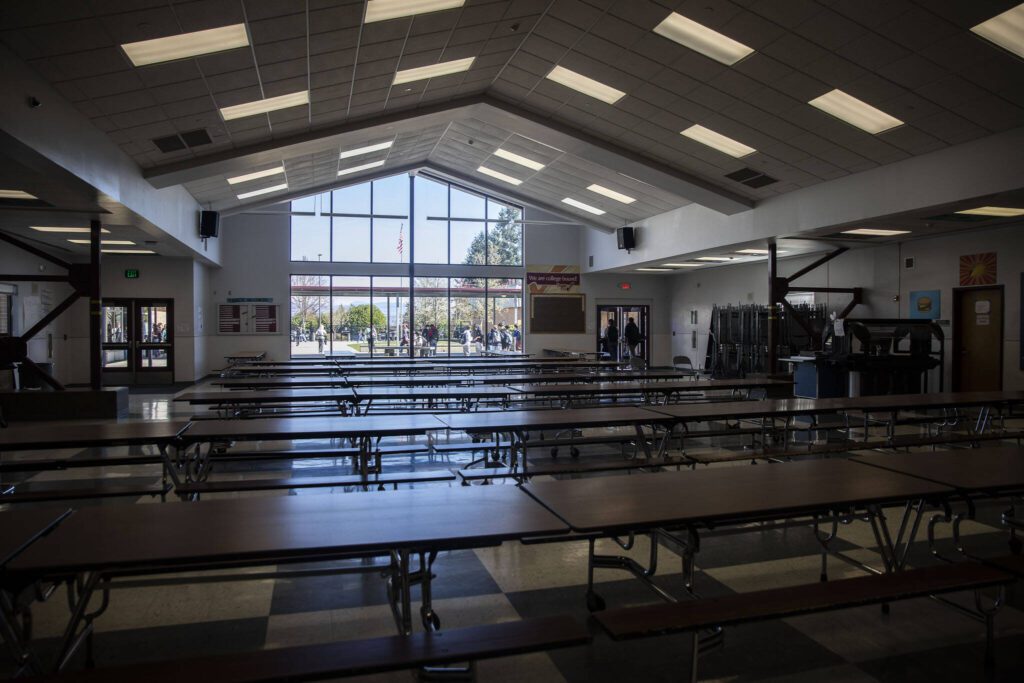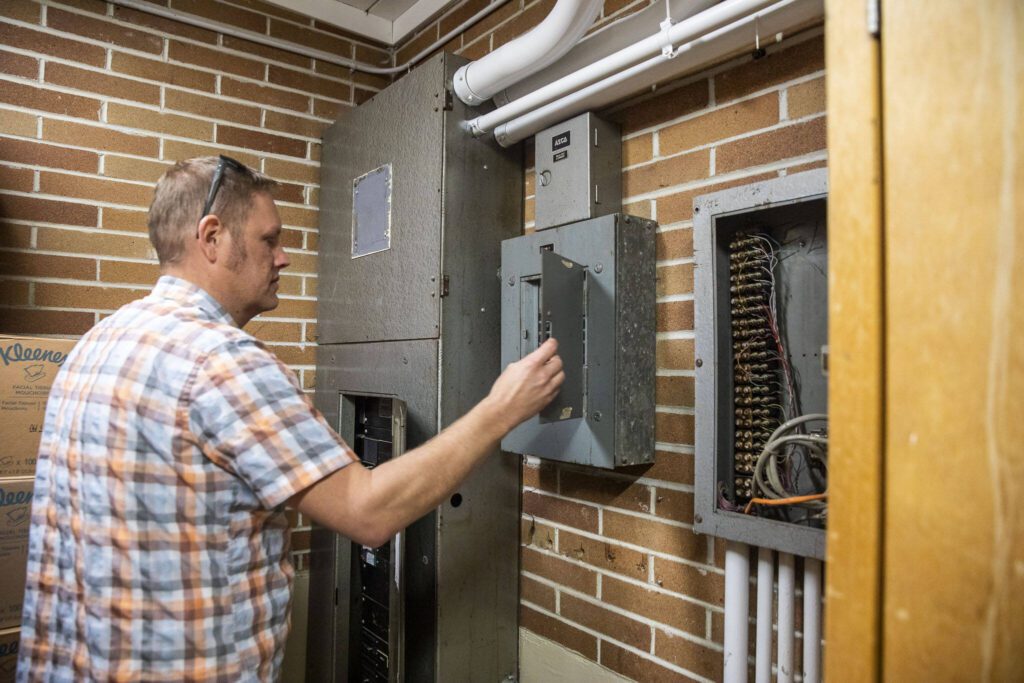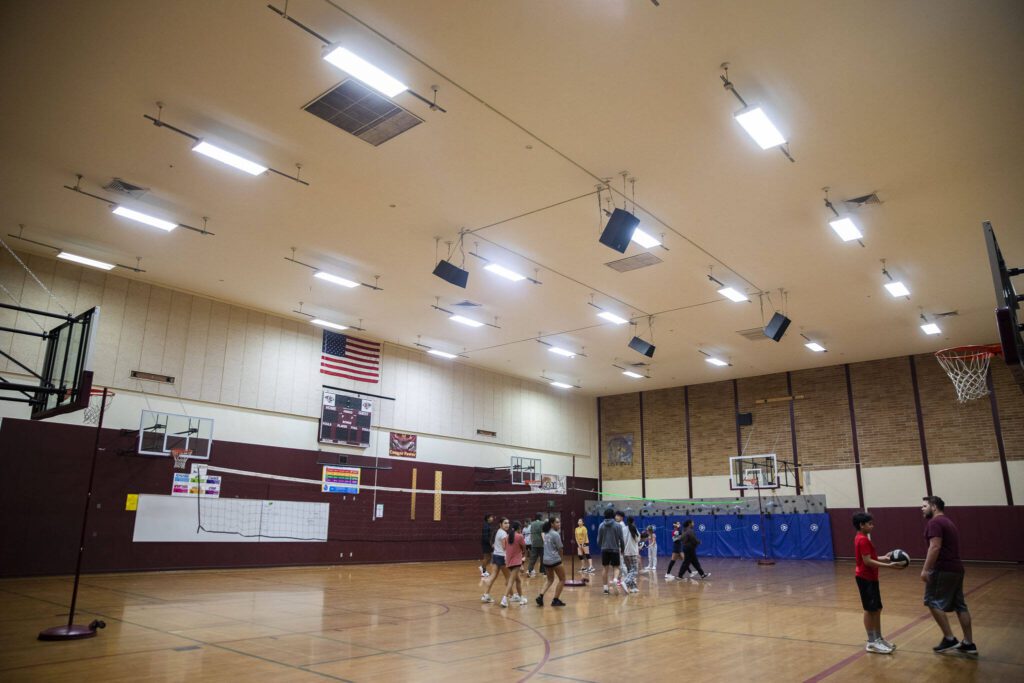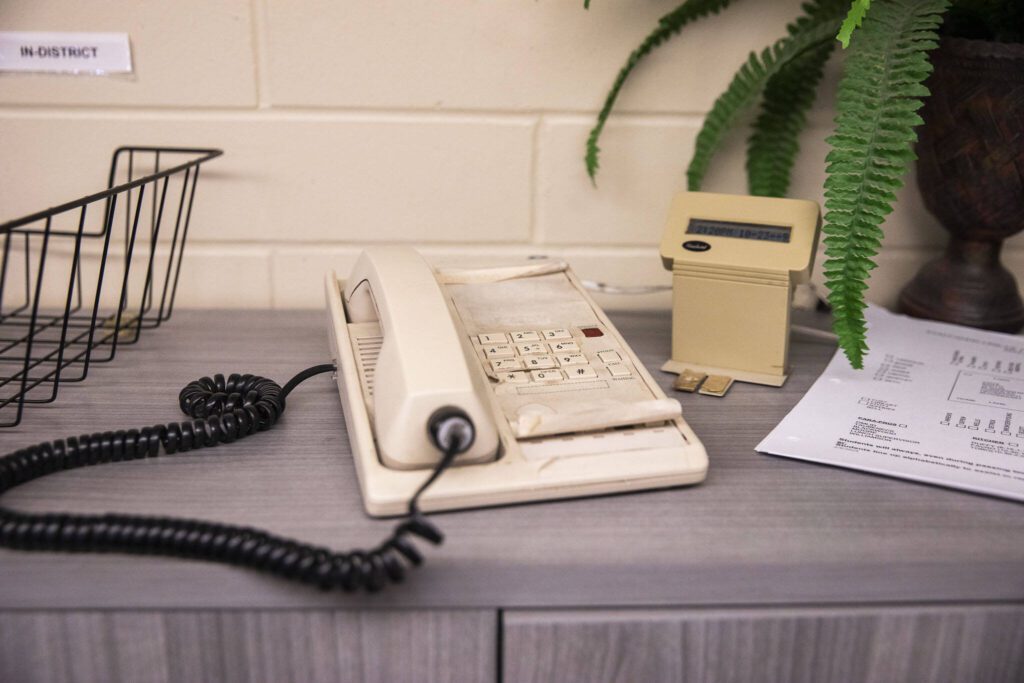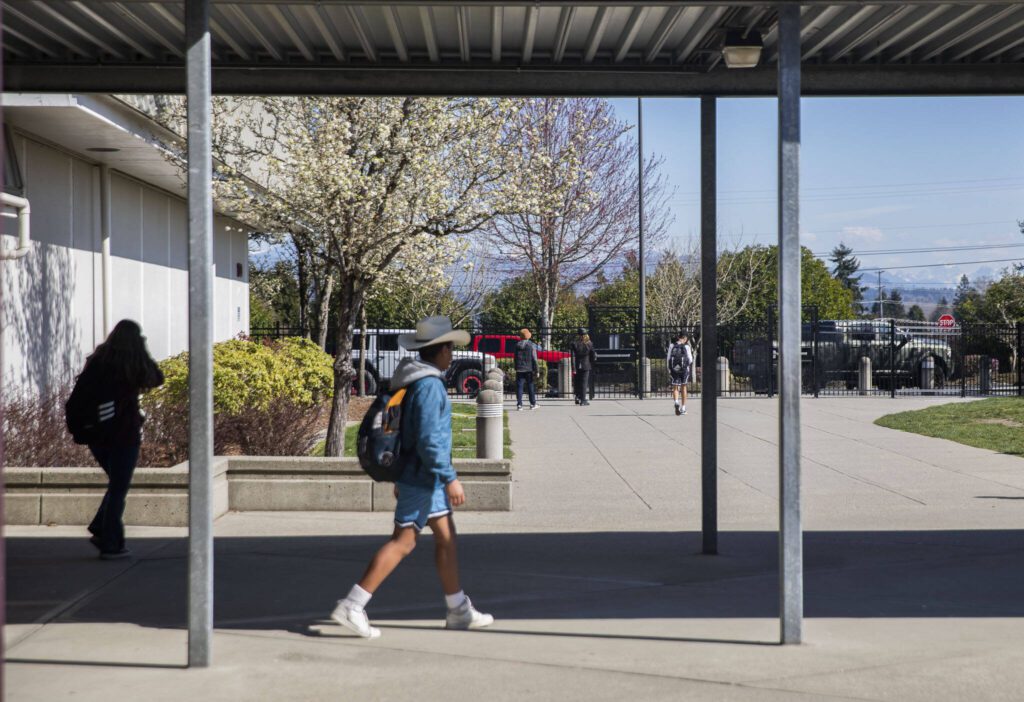LAKEWOOD — The Lakewood School district employs five nurses — one for every school.
But only three of those positions are funded by the state. The other two are funded by levies.
It’s a clear example of a gap between state funding and what the district actually needs, district Superintendent Erin Murphy said.
“There are students in every school with life-threatening illnesses,” Murphy said. “Our nurses are always busy.”
Levy money makes up 14% of the district’s $48 million annual budget.
In February, voters rejected a pair of proposed levies, with 48.3% in favor of one and 48.9% in favor of another. They needed 50% approval to pass.
Two months later, district officials are coming back to voters, with another pair of levies on the ballot April 23.
The district is asking voters to renew an Educational Programs and Operations levy, known as an EP&O levy, that would replace one passed in 2021. The property tax levy would fund existing school nurses, psychologists, extracurricular activities, classroom technology and professional development — with one big difference this time. This levy would not change the existing tax rate if passed.
Earlier this month, the district refinanced bonds from 2014. This move allowed the district to save millions in debt payments. And those savings made room for the district to rework the levy without increasing taxes.
“If it passed (in February), the EP&O would have increased their taxes,” Murphy said during a tour of Lakewood elementary and middle schools last week. “It’s really important to us to try and maintain that stable tax rate. So that’s the difference between February and now.”
Under this levy, the district would collect $31.5 million over four years at a tax rate of $1.73 per $1,000 of assessed property value. If it fails, budget cuts could endanger the jobs of nurses, all coaches in the district, custodians and other support staff. This would also reduce money for sports and other extracurriculars.
The state pays for special education for up to 15% of the student body. But 19% of Lakewood’s students use special education resources, and levy funding is all the district has to fill the gap, Murphy said. Next year, the state’s funding will increase to 16%.
“That’s a step in the right direction, but that still doesn’t close the gap,” Murphy said.
“From a place of moral integrity, we’re going to do what we need to do for our kids,” she continued. “In the absence of a levy … where does that money even come from?”
Staff and teachers receive a levy-funded stipend of $200 to $300 per year for helping with extracurriculars, ranging from sports to crochet club. Some of these programs could be at danger if the levy isn’t passed.
“They don’t do it for the money,” Coté said. “They do it because they love it and because it’s good for the kids.”
Another levy, for capital investments and safety, would increase taxes to replace aging boilers, electrical panels, HVAC and fire alarm systems. The money would also go to security infrastructure like cameras, fencing and entry systems.
Under this levy, tax rates would start at 87 cents per $1,000 of assessed property value in 2025, climbing to 99 cents in 2028. In total, the district would collect $17 million over four years. For the average home valued at $500,000, the levy would increase property taxes by $435 in 2025, according to the district.
The Lakewood School District could have to slash between $3.96 and $4.4 million from its budget for the next school year, if the April ballot measures aren’t passed, district officials say.
Those against the levies say tax measures should only be put in front of voters in November, when turnout is higher, according to the Snohomish County voter’s pamphlet. The 2018 McCleary decision boosted state school funding by billions, through increased property taxes, and should have eliminated the need for levies such as these, the pamphlet reads.
The Lakewood School District serves approximately 2,500 students north of Marysville and southwest of Arlington.
The district’s buildings are aging, reaching the end of their efficient and usable life, district Facilities Director Alex VanDuine said. The roof of Lakewood Middle School has had leaks for years. Principal Amanda Coté recalled using buckets to catch drops after a heavy storm.
During a recent fire drill, the alarm in Lakewood Middle blared for 45 minutes until someone could finally get it to stop, VanDuine said. The alarm system there is original to the building, dating back to 1972.
The average lifespan of a boiler system is about 15 to 20 years. The boilers in Lakewood elementary and middle schools were built in the late 1990s.
They still work, but the boilers’ age means parts are expensive and hard to find. It’s also getting harder to find people who know how to work on the old machines, VanDuine said.
“We’re not asking for a full remodel, we’re just asking for some functionality,” Coté said.
Some of the electrical panels in Lakewood Elementary, built in 1958, are original to the building. Some new technology was installed in the early 2000s, but it’s reaching the age where efficiency diminishes. After the initial cost to upgrade the technology, the district would eventually save money over time if they had newer facilities, said Murphy, the superintendent.
The district hopes to “reconfigure” Lakewood Middle School’s lunchroom with some of the levy money to fit more students. Currently, the first lunch period starts at 10:30 a.m. and the last one is at 1 p.m. to get everyone through, Murphy said. The lunchroom fits about 160 students. Over 500 students attend the school.
“Students eat breakfast at home and then eat again at school not long after,” she said. “They’re usually hungry again by mid-afternoon.”
Security is another focus of the capital levy. If the levy money passes, the district would install better fencing and increase security at entry points. Updating the locks could better secure entry points, helping staff closely monitor who’s leaving and entering the buildings.
An old phone, also from the 1970s, is the only way to make announcements over the intercom at the middle school, Coté said. Last year, the intercom and clock system went out. The district replaced the battery since then, but if the system breaks again it could pose a significant safety hazard, leaving no way to communicate with the entire building in the case of an emergency.
The money would also help the schools comply with Americans with Disabilities Act requirements, by repairing sidewalks and pathways. The walkways are dotted with cracks and potholes, and some of the curbs don’t have ramps, making it difficult for those who use wheelchairs, crutches and canes.
Ballots are mailed out April 4.
Correction: A previous version of this story misstated the percentage of approval needed to pass two previous levies, listed an incorrect date for the election, listed an incorrect time period for when Lakewood Elementary was built and misidentified a school in photo captions.
Ashley Nash: 425-339-3037; ashley.nash@heraldnet.com; Twitter: @ash_nash00.
Talk to us
> Give us your news tips.
> Send us a letter to the editor.
> More Herald contact information.
